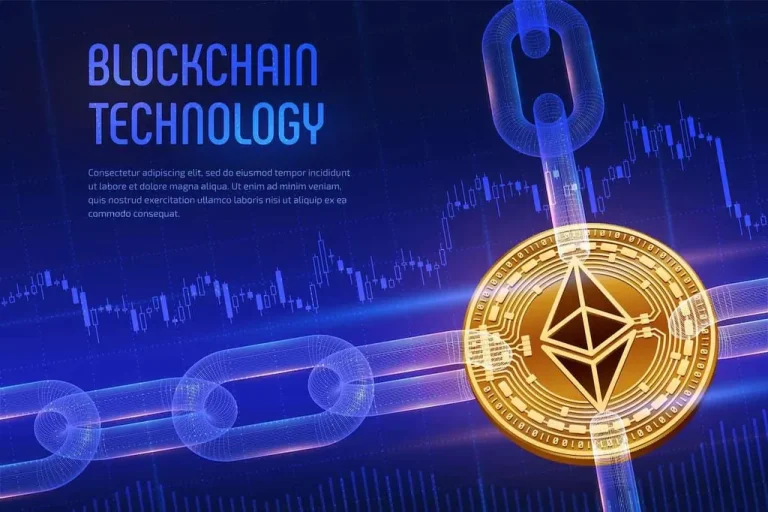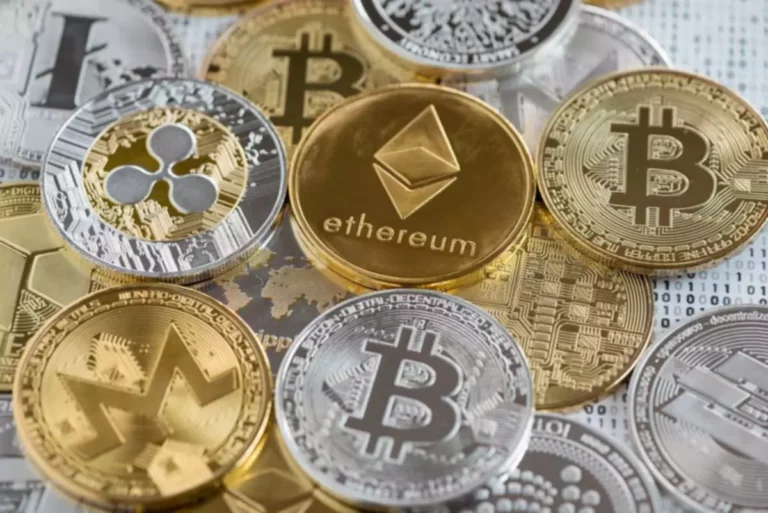Content
Fractionalized ownership through tokenization can extend to many assets. For instance, a painting need not always have a single owner—tokenization allows multiple people to purchase a share of it, transferring ownership of a fraction of the physical painting to them. A blockchain is a distributed and secured ledger, so issuing NFTs to represent shares serves the same purpose as issuing stocks. The main advantage to using NFTs and blockchain instead of a stock ledger is that smart contracts can automate ownership transferral—once an NFT share is sold, Initial exchange offering the blockchain can take care of everything else. For this reason, NFTs shift the crypto paradigm by making each token unique and irreplaceable, making it impossible for one non-fungible token to be „equal” to another.
Unenforceability of content ownership
Crypto’s fungibility makes it a trusted means of conducting transactions https://www.xcritical.com/ on the blockchain. Because an NFT allows the buyer to own the original item. Not only that, it contains built-in authentication, which serves as proof of ownership. Collectors value those “digital bragging rights” almost more than the item itself.
Critics of NFTs question its value
Anything how to create a non-fungible token that is mutually interchangeable can be described as fungible. Fungible goods are easily replaced with items of identical or practically identical value. However, some NFTs entitle the owner to certain real-world perks.
I have questions about this emerging… um… art form? Platform?
Currently, there’s only one episode available, but a Stoner Cat NFT (which, of course, is called a TOKEn) is required to watch it. But technically, anyone can sell an NFT, and they could ask for whatever currency they want. “Right clicker” is sort of a joking derisive term used by NFT boosters to deride people who just don’t get it. The thought is that you’re completely missing the point if you think that just downloading (or pirating) a JPEG will actually get you the valuable part of an NFT. Real or not, it was an incredible piece of performance art, sparking a conversation (okay, closer to a flame war) about the right-clicker mindset.


This minting process often entails incorporating smart contracts that assign ownership and manage NFT transfers. These community NFTs signal a kind of in-group status, and it’s become customary for owners to display them as their Twitter profile picture, marking themselves as a Bored Ape or a Cool Cat, or whatever. And everyone in crypto world knows that NFTs from the most valuable collections sell for millions of dollars apiece, which is why you see celebrities like Jay-Z and Snoop Dogg showing off theirs on Twitter.
For example, one bitcoin is always equal in value to another bitcoin on a given exchange, similar to how every dollar bill of U.S. currency has an implicit exchange value of $1. This fungibility characteristic makes cryptocurrencies suitable as a secure medium of transaction in the digital economy. In early March 2021, a group of NFTs by digital artist Beeple sold for over $69 million. The sale set a precedent and record for the most expensive digital art sold at the time. The artwork was a collage comprised of Beeple’s first 5,000 days of work. The ERC-1155 standard, approved six months after ERC-721, improves upon ERC-721 by batching multiple non-fungible tokens into a single contract, reducing transaction costs.

The computer file, as we’ve discussed, can be anything from an image to a GIF or audio clip. The comments, opinions, and analyses expressed on Investopedia are for informational purposes only. Read our warranty and liability disclaimer for more info.
Jessica is a technical writer who specializes in computer science and information technology. You’ve successfully gained the knowledge you need to answer the question, “What is an NFT? ” Now, continue building your blockchain expertise with an online course like Blockchain Revolution in Financial Services.
- Generally, digital assets such as cryptocurrency are considered risky investments, which should comprise only a small portion of your portfolio.
- But a defense of NFTs I’ve heard from people in the industry — or, at least, an explanation for their popularity — is that NFTs aren’t unique in their uselessness.
- When she isn’t feverishly working to meet a deadline, Robyn enjoys hanging out with her kids, drinking coffee, reading, and hiking.
- Well, they’re pretty complex, but the basic idea is that blockchains are a way to store data without having to trust any one company or entity to keep things secure and accurate.
- Even if 5,000 NFTs of the same exact item are minted (similar to general admission tickets to a movie), each token has a unique identifier and can be distinguished from the others.
- For most beginners, DeVore said it’s a good idea to start with a reputable online marketplace.
Prices are often set in the cryptocurrency used by the network on which the NFTs are registered. If a creator minted your NFT on the Ethereum blockchain, for example, you’d use Ether (ETH), the native token on the Ethereum network, to pay for it. If the blockchain is Solana, you’d use Solana (SOL), the native token on the Solana network. If you don’t already own crypto, the easiest way to get it for cash is on a centralized exchange.
Instead, users must use tailor-made NFT marketplaces to participate in the listing and trading of these assets. OpenSea and Rarible are among the most popular, but there are countless other options available depending on which NFT collection you’re interested in. Non-fungible tokens (NFTs) are a special type of crypto asset that allows holders to prove their ownership of real or digital items – but most importantly, the latter.
The list below contains a few of the most widely recognized NFTs and NFT collections. Before you buy anything, though, make sure you have access to a wallet (or multiple wallets) able to store both the currency that you’re using and the NFT you want to hold. The dominant network used for NFTs is Ethereum, though others including Solana and Cardano are also commonly used.
These include OpenSea, Rarible, and Grimes’ choice, Nifty Gateway, but there are plenty of others. Also, some NFT marketplaces have a feature where you can make sure you get paid a percentage every time your NFT is sold or changes hands. That makes sure that if your work gets super popular and balloons in value, you’ll see some of that benefit. That really depends on whether you’re an artist or a buyer. Sorry, I was busy right-clicking on that Beeple video and downloading the same file the person paid millions of dollars for. Well, they’re pretty complex, but the basic idea is that blockchains are a way to store data without having to trust any one company or entity to keep things secure and accurate.
NFTs can have only one owner at a time, and their use of blockchain technology makes it easy to verify ownership and transfer tokens between owners. The creator can also store specific information in an NFT’s metadata. For instance, artists can sign their artwork by including their signature in the file. Although non-fungible tokens are widely regarded as a new technology, the first NFT was minted in 2014 by digital artist Kevin McCoy and tech entrepreneur Anil Dash.
Each NFT has different properties (non-fungible) and is provably scarce. This is different from tokens such as or other Ethereum based tokens like USDC where every token is identical and has the same properties (’fungible’). You don’t care which specific dollar bill (or ETH) you have in your wallet, because they are all identical and worth the same. However, you do care which specific NFT you own, because they all have individual properties that distinguish them from others (’non-fungible’). As tokens are minted, they are assigned a unique identifier directly linked to one blockchain address. Each token has an owner, and the ownership information (i.e., the address in which the minted token resides) is publicly available.
Even some zealous NFT supporters are worried that the market has gotten oversaturated. Gary Vaynerchuk, the online marketer and a NFT mogul himself, recently predicted that 98 percent of NFTs would lose money. But they make it possible to create an uncopyable digital asset linked to a JPEG, which can be used to mark that particular copy of the JPEG as the “real” one. Well, like cryptocurrencies, NFTs are stored in digital wallets (though it is worth noting that the wallet does specifically have to be NFT-compatible). You could always put the wallet on a computer in an underground bunker, though. Sometimes the media the NFT points to is stored on a cloud service, which isn’t exactly decentralized.
